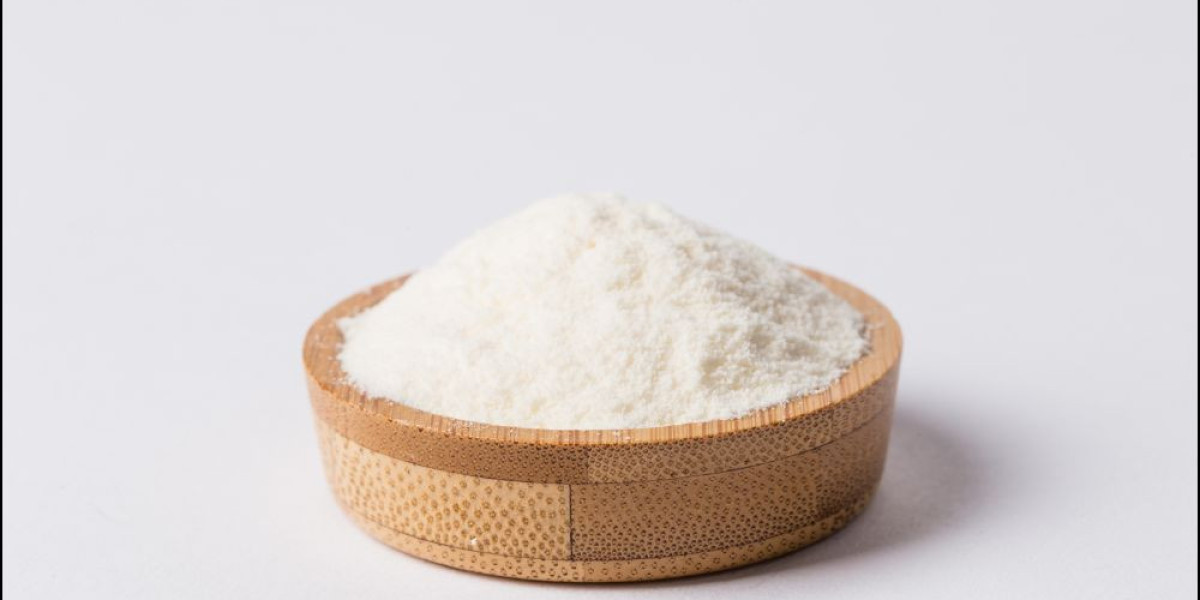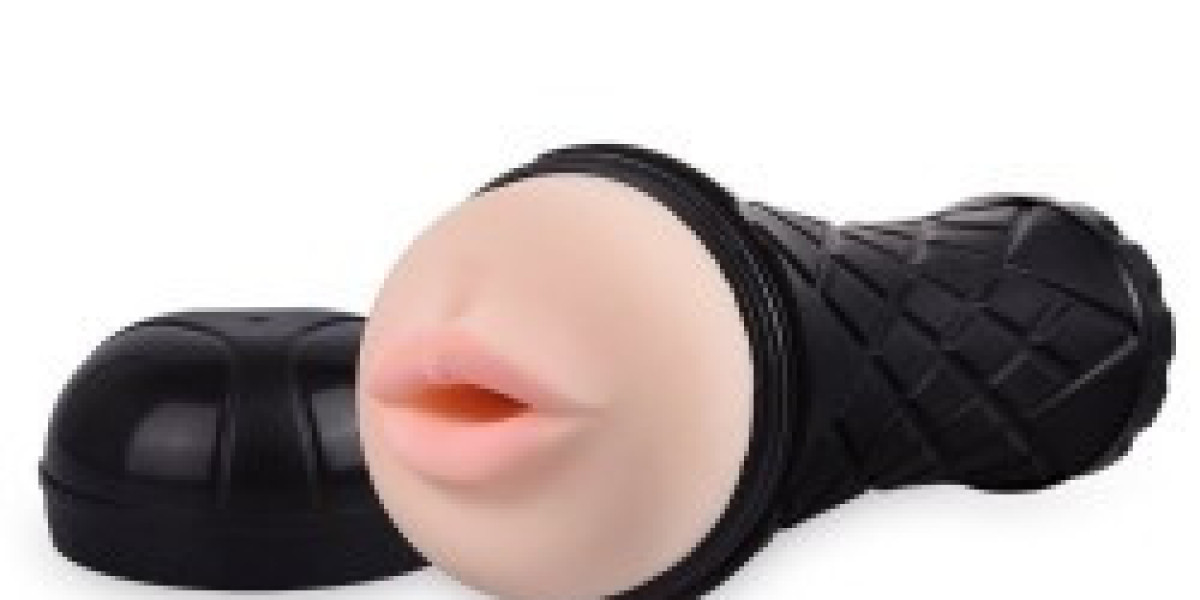Lapping Powders: A Complete Guide for Precision Finishing
Lapping powders are a key part of the lapping process, which is widely used in industries that require high levels of surface accuracy and smoothness. Lapping is a precision technique used to remove small amounts of material from a surface to achieve flatness, tight tolerances, or a fine finish. The quality of the lapping process depends heavily on the type of abrasive used, and lapping powders are among the most common and effective abrasives. In this article, we will explore what lapping powders are, the types available, how they are used, and how to choose the right one for your application.
What Are Lapping Powders
Lapping powders are fine abrasive materials used during the lapping process to grind down and smooth surfaces. These powders are usually mixed with a liquid to form a slurry that is applied to a lapping plate. The workpiece is then rubbed against the plate with the abrasive slurry in between, allowing the powder to cut into the surface and gradually remove material. Lapping powders are available in different types and grit sizes, and each serves a specific purpose depending on the material being lapped and the desired finish.
Common Materials Used in Lapping Powders
Several materials are used to make lapping powders. Each type of powder has unique properties that make it suitable for specific applications. The most common types are aluminum oxide, silicon carbide, and diamond powder.
Aluminum oxide lapping powder is one of the most commonly used abrasives. It is relatively soft compared to other types of powder and is often used on softer metals and materials such as brass, copper, and plastics. It produces a fine finish and is cost-effective for general-purpose lapping.
Silicon carbide lapping powder is harder and sharper than aluminum oxide. It is suitable for harder materials like stainless steel, ceramics, and certain types of glass. This powder provides a faster cutting action and is used when quick material removal is needed along with a smooth finish.
Diamond powder is the hardest and most aggressive lapping powder available. It is used for the hardest materials such as sapphire, silicon wafers, carbide, and gemstones. Diamond powder is more expensive but delivers exceptional performance, high precision, and long-lasting effectiveness.
How Lapping Powders Are Used
Lapping powders are typically used in combination with a liquid to form a slurry. The slurry is applied to a lapping plate, and the workpiece is pressed against the plate under controlled pressure and motion. As the workpiece moves over the surface, the abrasive particles in the powder grind against the material. This process is repeated until the desired flatness and surface finish are achieved.
The grit size of the powder determines how much material is removed and how smooth the surface will be. Coarse powders with large particles remove material quickly but leave a rougher finish. Finer powders remove material more slowly but leave a smoother surface. It is common to start with a coarse powder and move to finer powders in multiple steps to achieve the best results.
Applications of Lapping Powders
Lapping powders are used in a wide range of industries. In the semiconductor industry, they are used to achieve ultra-flat surfaces on silicon wafers. In the optics industry, lapping powders help produce precise and smooth surfaces on lenses and mirrors. In the automotive and aerospace industries, they are used for high-precision components such as engine parts and sealing surfaces. Lapping powders are also used in the jewelry industry to polish gemstones and in the tool industry for sharpening cutting tools.
Choosing the Right Lapping Powder
Choosing the right lapping powder depends on several factors. The hardness and type of the material you are working on is the most important consideration. Softer materials generally require aluminum oxide or fine silicon carbide. Harder materials need silicon carbide or diamond powder for effective results.
Another factor is the desired surface finish. If you need a very fine and mirror-like surface, you should use fine-grit powder. For faster material removal, start with a coarse grit and finish with finer grits. The type of lapping machine or process you are using can also influence your choice of powder.
It is also important to consider cost and availability. While diamond powder offers the best performance, it is also the most expensive. For many applications, aluminum oxide or silicon carbide offers a good balance of performance and cost.
Storage and Handling of Lapping Powders
Lapping powders should be stored in a dry, clean environment to prevent contamination. Keep containers tightly sealed when not in use. Always handle the powder with care, using proper protective equipment like gloves and masks if needed. Avoid mixing different types or grit sizes unless the process specifically requires it.
Proper handling and storage ensure that the powders maintain their quality and provide consistent results. Contaminated or degraded powders can lead to poor surface quality or damage to sensitive materials.
Conclusion
Lapping powders are essential to achieving high-quality surface finishes in many precision industries. Whether you are working with metals, ceramics, semiconductors, or optical materials, using the right type and grit of lapping powder is critical to success. By understanding the properties and applications of different lapping powders such as aluminum oxide, silicon carbide, and diamond, you can make informed choices that lead to better performance and cost savings. Proper usage, handling, and storage further help ensure that the powders deliver consistent and reliable results every time.






